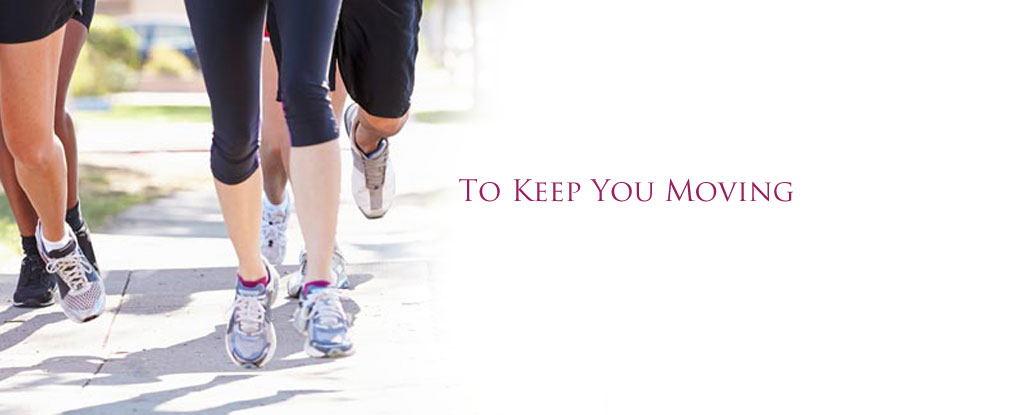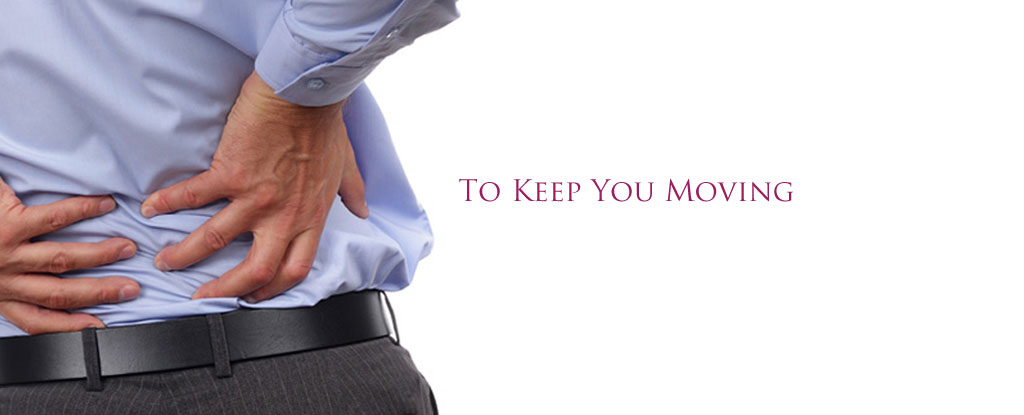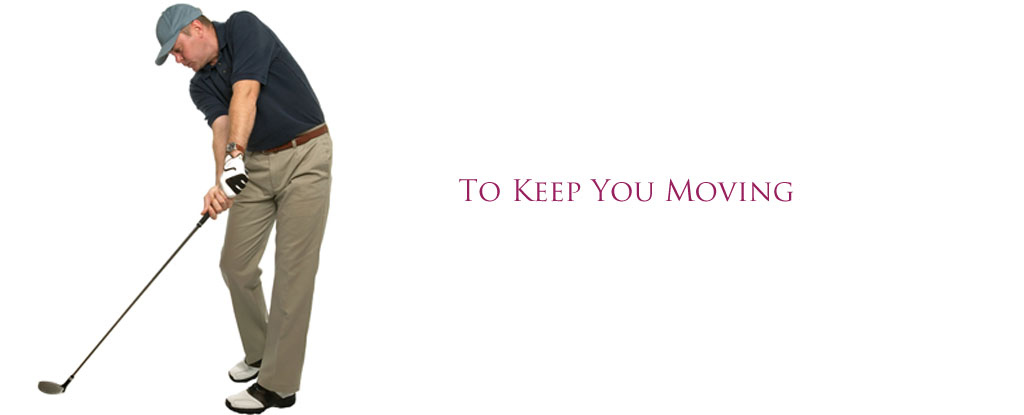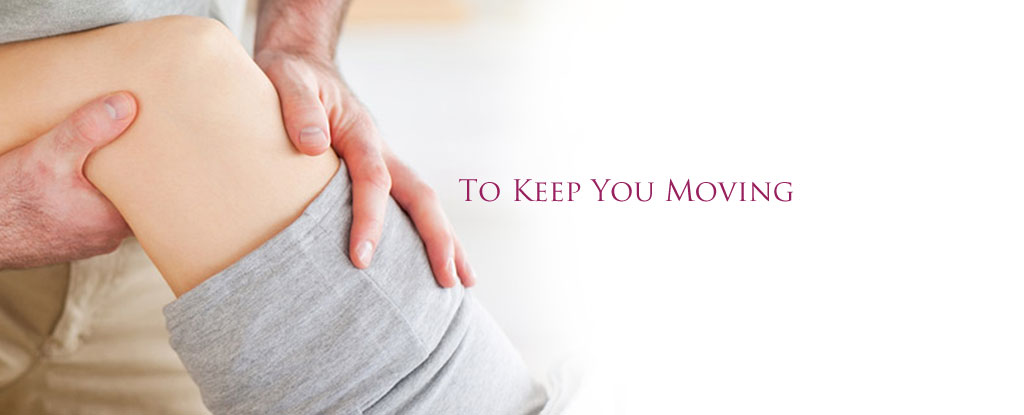Q: I took on the job of assistant coach for a college football team. Many of the athletes had back pain during the playing season. Is this typical? If not, I need to take a closer look at what we might be doing wrong. Any suggestions?
A: Low back pain seems to be something most people experience at least once in a while. Many studies have confirmed this fact. Up to 90 per cent of all adults report an episode of back pain once in their lifetime. Despite a high level of fitness and even flexibility, athletes from young to old are not exempt from this problem.
In fact, studies show that up to 30 per cent of competitive athletes have back pain from time-to-time. If all athletes with back pain reported it, this figure might actually be much higher -- many play through the pain and don't report it. When playing time is lost in professional sports, it's most often as a result of low back pain.
An important question is how to tell if back pain is serious enough to require a medical evaluation. Back pain can be a symptom of infection, inflammation, fracture, tumors or other malignancies.
Anyone who cannot put weight on both legs and stand up because of severe back pain must have an immediate medical examination. Likewise, the athlete with back pain accompanied by fever, chills, nausea, vomiting, or blood in the urine or stools must see a doctor.
As the coach (or for any staff member working with team members), it is important to keep in the back of your mind that low back pain in anyone (including athletes) can be caused by mechanical, emotional, medical, or traumatic causes.
Knowing what to listen for can help speed up the diagnostic process. An early and accurate diagnosis is important when dealing with potentially serious health conditions. Early diagnosis and intervention is the key to a successful outcome for athletes young and old.
Reference: James M. Daniels, MD, MPH, et al. Evaluation of Low Back Pain in Athletes. In Sports Health. July/August 2011. Vol. 3. No. 4. Pp. 336-345.





